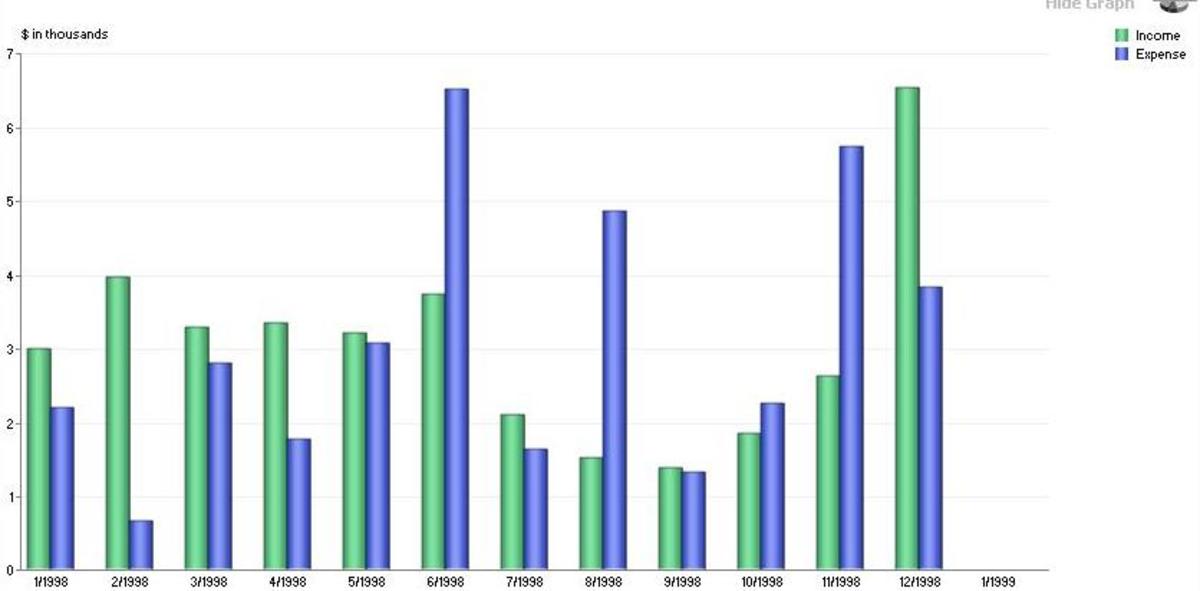What is a Savings Snowball?
An Introduction to the Savings Snowball
Savings snowballs are the opposite of a debt snowball.
With a savings snowball, you set up several savings accounts, particularly tax advantaged savings accounts for retirement and college. During a savings snowball, you strategically contribute to each as much as you can until it is maxed out. When one account is maxed out, the money that would have gone into it is “rolled” into the next best savings account. By rolling over savings contributions as each type of savings account is maxed out, you maximize the tax advantaged savings accounts in the order that benefits you most.
Unless you are building up an emergency fund for a large upcoming expense like an impending layoff or necessary medical bills, you should complete a debt snowball for all debts except your mortgage before starting a savings snowball.

What is in a Savings Snowball?
A savings snowball or snowball method of saving requires directing money to different types of savings accounts. As the limits of different types of savings accounts are reached, funds are diverted to other savings accounts. What types of accounts should be included in a savings snowball?
- Emergency Fund
An emergency fund is simply a savings account used only for emergencies. This money is used when your surprise car repairs or emergency room visit exceed the amount in your checking account. Having an emergency fund to cover the cost prevents the expense from becoming a debt.
You should aim to build up an emergency fund with several months of living expenses so that you can pay your bills in the event of a job loss. Dave Ramsey recommends an emergency fund with three to six months of savings. Suze Orman is more pessimistic and suggests at least nine months of savings in case of job loss but recommends a year’s worth of basic living expenses in your emergency fund.
- Retirement Accounts
One of the highest priorities for any savings snowball should be any tax advantaged savings accounts you have. Contribute to your tax deferred 401K, 403B or 457 retirement plan. Set up an Individual Retirement Account or IRA if you do not already have one.
- College Savings Accounts
529 plans and Educational Savings Accounts or ESAs are the two major tax sheltered forms of college savings offered in the United States. You should contribute to these accounts only after you have maxed out retirement savings and built up an emergency fund. Saving for college for your children should be a lower priority than saving for retirement. After all, your children can borrow for college, but you cannot save for retirement. You may also be able to cash flow college. Cash flowing college means paying for it as you go. Your child could attend part time while working while receiving some financial help from both parents.
- Saving for Major Goals
Saving for major goals includes saving up for any large, upcoming expenses. You may want to save up several thousand dollars to buy a new car or start saving for a down payment on a new house. Dave Ramsey calls this “Baby Step 3B”, where retirement savings and college savings are put on hold while parties save up for a house or replacement car.
How should a young adult implement a savings snowball?
- Contribute 3% to your 401K, 403B or 457 plan. Or contribute the percentage of your pay check matched by your employer so that you receive their full match. Contribute everything else you can afford to a Roth IRA.
- When the Roth IRA is maxed out, you cannot continue making contributions to it. Increase the workplace retirement account contribution so that the money that was going to your Roth IRA now goes into your 401K.
- If you manage to max out the Roth IRA and 401K, determine whether or not you need to put any remaining funds in your emergency fund.
- After maxing out retirement accounts, you can set aside remaining money for a down payment on a house, a new car, a vacation fund or savings to start your own business.
How should a couple with children implement a savings snowball?
- Contribute 3% to your 401K or the percentage of your paycheck matched by your employer. Contribute everything else you can afford to a Roth IRA.
- When the Roth IRA is maxed out, you cannot continue making contributions to it. Increase the 401K contribution so that the money that was going to your Roth IRA now goes into your 401K.
- When the tax advantaged retirement plans are maxed out, take the savings that were going into the retirement accounts and contribute that money to college savings plans for your children.
- If there are additional funds available at the end of the year, build up your emergency fund. Kids are expensive, and a single costly Emergency Room visit can wreck a savings snowball.
How could a middle-aged person implement a savings snowball?
- Contribute 3% to your 401K, 403B or the percentage of your paycheck matched by your employer. Contribute everything else you can afford to a Roth IRA until the maximum is reached.
- When the Roth IRA is maxed out, you cannot continue making contributions to it. Increase the 401K contribution so that the money that was going to your Roth IRA now goes into your 401K.
- Put any other available savings or funds against your home mortgage if you have one.
- If you have a Health Savings Account, find out if you can contribute more money to that account to grow tax free.
- If you do not have a mortgage and have money left over after maxing out your retirement options, contribute more to your emergency fund. This acts as an extra cushion in case of prolonged job loss, disability before you can retire or costly medical procedures that become more likely with age.








